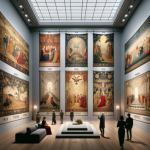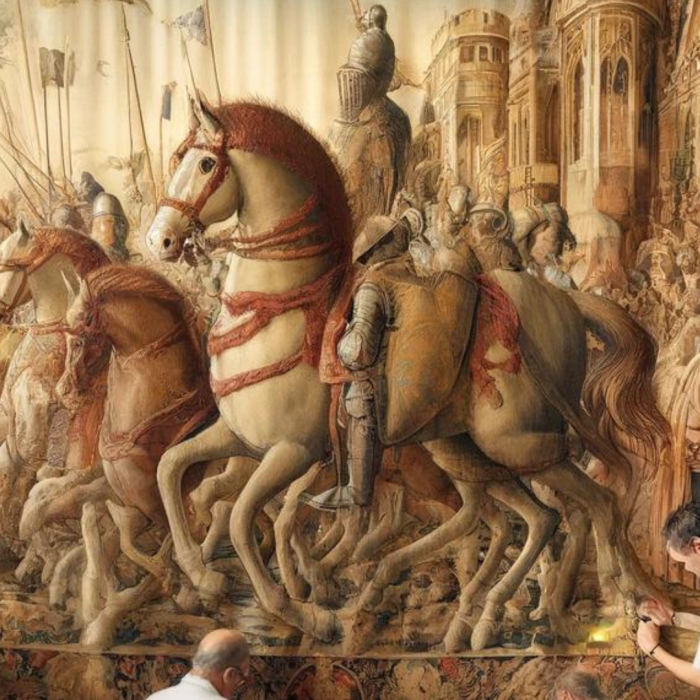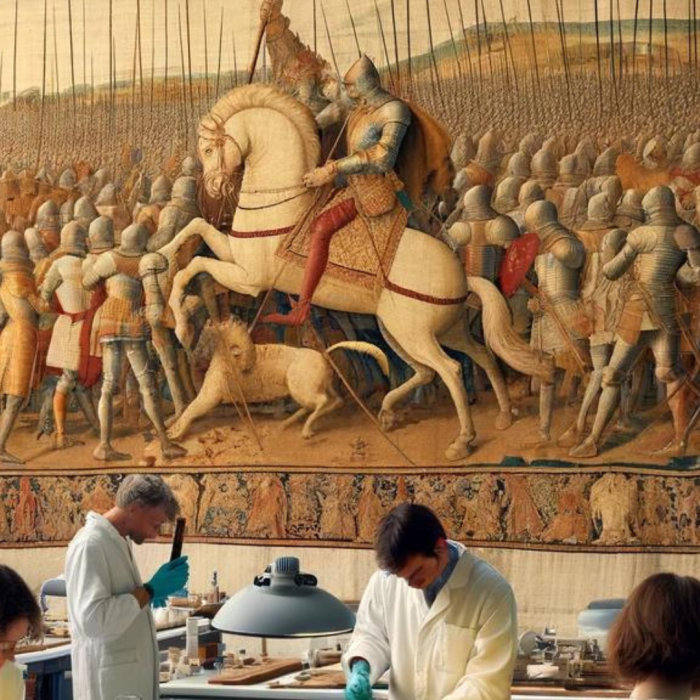Tapestries in Literature and Popular Culture
Tapestries are richly woven textiles that often depict intricate scenes, patterns, or designs. Historically, they have been used as decorative wall hangings in grand buildings, castles, and palaces, adding both beauty and insulation to the space. The art of tapestry weaving dates back centuries and has been an integral part of various cultures worldwide.
In the context of literature and popular culture, tapestries hold symbolic and thematic significance. They are often used metaphorically to represent interconnected stories, complex relationships, and layers of meaning within a narrative. Tapestries can serve as powerful literary devices, weaving together different threads of a story to create a cohesive and compelling whole.
Tapestries in literature can be both literal and figurative. On a literal level, they may appear as physical objects within a story, often adorned with symbolic imagery that reflects the themes or motifs of the narrative. For example, in medieval literature, tapestries were sometimes used to depict heroic deeds or allegorical tales, becoming important symbols within the plot.
Figuratively, tapestries can represent the interconnectedness of characters, events, and themes in a literary work. Just as individual threads come together to form a coherent pattern in a tapestry, elements of a story may intertwine to create a unified and meaningful narrative. Authors may use tapestries as a metaphor for the complexity and depth of human experiences, showing how different aspects of life and storytelling blend together to create a larger tapestry of existence.
In popular culture, tapestries often make appearances in various forms of media, including movies, television shows, and artwork. They can symbolize nostalgia, tradition, or a connection to the past, adding layers of visual and thematic depth to the narrative. Tapestries in popular culture may also serve as visual metaphors, representing the intricacies of relationships, histories, and emotions that shape the characters and their journey.
Overall, tapestries in literature and popular culture are more than just decorative elements; they are powerful symbols that enrich storytelling, evoke emotions, and invite audiences to delve deeper into the woven fabric of narratives.
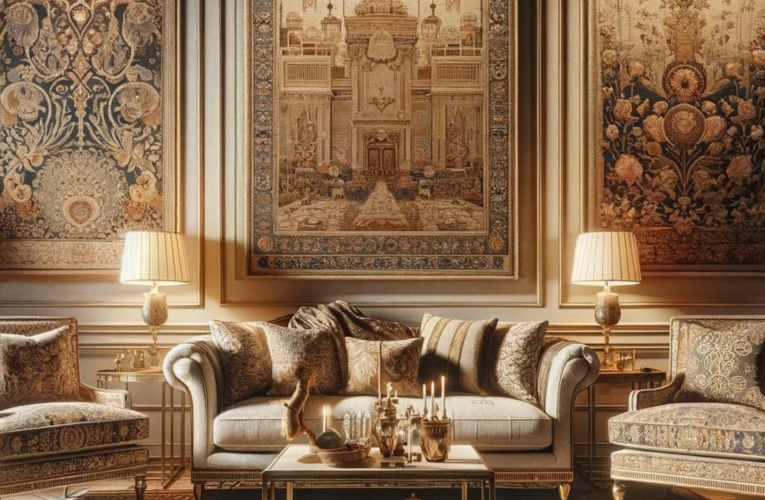
Importance of tapestries in art and history
Tapestries hold a significant place in both art history and cultural narratives, making them a fascinating topic to explore in literature and popular culture. These woven artworks have served various purposes throughout history, from conveying stories and depicting scenes of daily life to showcasing wealth and status. Let’s delve into the importance of tapestries in art and history, especially concerning their portrayal in literature and popular culture.
Historical Significance: Tapestries have a rich history dating back to ancient civilizations such as the Egyptians, Greeks, and Romans. However, it was during the Middle Ages and the Renaissance that tapestries flourished as a prominent art form. They were prized for their ability to adorn and insulate grand halls and castles while also serving as portable displays of wealth and power. In literature and historical fiction, tapestries often symbolize the opulence and refinement of noble households, offering a window into the lifestyles of the past.
Narrative and Symbolism: One of the most intriguing aspects of tapestries is their narrative quality. Many medieval and Renaissance tapestries depicted allegorical scenes, historical events, or mythological stories. In literature, tapestries are often used symbolically to represent complex themes or to foreshadow events. For example, in George R.R. Martin’s “A Song of Ice and Fire” series (adapted into the TV show “Game of Thrones”), the tapestries in Winterfell are described in detail, hinting at the history and traditions of the Stark family.
Cultural Exchange and Influence: Tapestries were not confined to a single region or culture; they were highly sought after and traded across borders, leading to a rich tapestry of influences (pun intended) in their designs. For instance, the famous Bayeux Tapestry, which depicts the Norman Conquest of England, combines Anglo-Saxon and Norman artistic styles. This cultural exchange is often reflected in literature and popular culture, where tapestries represent connections between different societies or historical periods.
Craftsmanship and Artistic Expression: The creation of tapestries required immense skill and craftsmanship, involving intricate weaving techniques, vibrant dyes, and careful planning of designs. This level of artistry is celebrated in literature and popular culture, with tapestries often portrayed as masterpieces worthy of admiration and reverence. Authors and filmmakers frequently use tapestries as symbols of creativity and the human capacity for artistic expression.
Legacy and Preservation: Despite the passage of time, many ancient and medieval tapestries have survived, thanks to efforts in preservation and restoration. These surviving artifacts serve as invaluable historical resources, offering insights into past societies, beliefs, and aesthetics. In literature and popular culture, tapestries represent a link to our heritage and a reminder of the enduring power of art to transcend generations.
Tapestries play a vital role in art history and cultural heritage, influencing narratives in literature and popular culture through their storytelling, symbolism, craftsmanship, and historical significance. Their allure continues to captivate audiences, making them a timeless and compelling subject of exploration and appreciation.
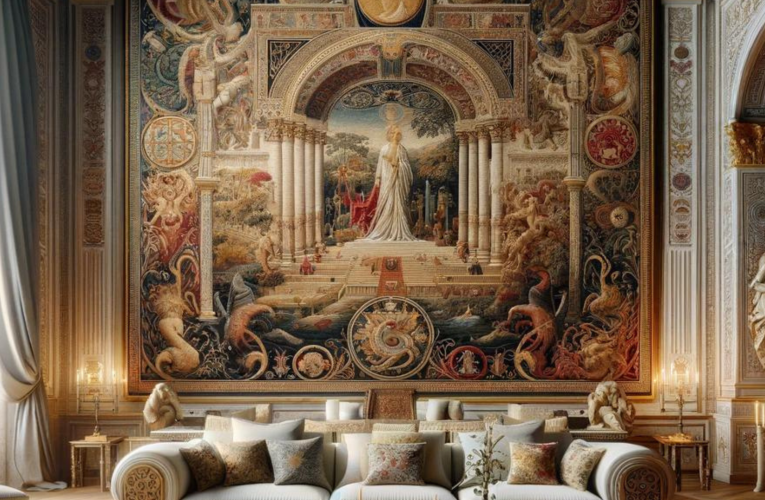
Overview of how tapestries are represented in literature and popular culture
Tapestries have held a significant place in human history, not just as decorative items but also as symbols of culture, wealth, and storytelling. In literature and popular culture, tapestries are often used to convey various themes and messages, adding depth and richness to the narrative. Let’s delve into how tapestries are represented in these realms:
Historical Significance: Tapestries are often depicted in literature to highlight their historical significance. They serve as reminders of a bygone era, showcasing the craftsmanship and artistic skills of the past. Authors may describe the intricate designs, materials used, and the labor-intensive process of creating these masterpieces.
Symbolism and Metaphor: Tapestries are rich in symbolism and metaphorical possibilities. They can represent the intricate threads of fate, the weaving together of different lives or storylines, or the layers of history and culture woven into a society. In literature, tapestries are sometimes used as a metaphor for the complexities of life and human relationships.
Wealth and Status: In both literature and popular culture, tapestries are often associated with wealth and status. They adorn the halls of castles and manor houses, signifying the wealth and power of the owner. Characters who possess tapestries may be portrayed as affluent or belonging to the upper echelons of society.
Narrative Devices: Tapestries can serve as important narrative devices in literature. They may hide secrets or messages within their designs, leading characters on quests or revealing crucial plot points. Tapestries with magical properties or mystical powers are common in fantasy literature, adding an element of wonder and enchantment to the story.
Cultural Heritage: Tapestries are also used to explore cultural heritage and traditions. They can represent the folklore, myths, and legends of a particular culture, providing insights into its values and beliefs. Authors may use tapestries to evoke nostalgia or celebrate cultural identity.
Artistic Appreciation: Literature often pays homage to the artistic value of tapestries. Authors describe their beauty, the interplay of colors, and the detailed craftsmanship involved. Tapestries are celebrated as works of art that transcend mere decoration, becoming powerful storytelling tools.
Popular Culture References: Tapestries frequently appear in popular culture, from movies and TV shows to music and fashion. They are featured in historical dramas to create an authentic atmosphere or in fantasy epics to evoke a sense of grandeur. In modern contexts, tapestries are also embraced as trendy home decor items, reflecting a blend of traditional artistry and contemporary style.
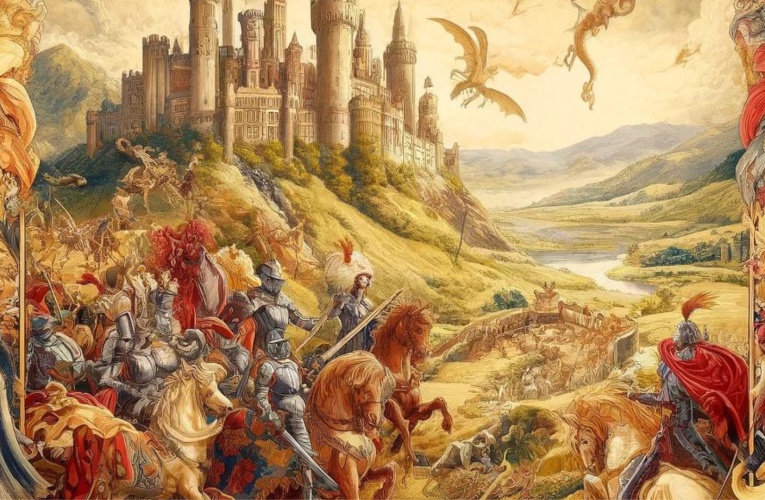
Tapestries in Literature
Tapestries have long been woven into the fabric of literary works, serving as symbols of wealth, power, and artistic expression. From Shakespearean plays to medieval epics, tapestries have held a prominent place in the literary imagination, capturing the essence of their time and adding layers of meaning to the stories they adorn.
Historical references to tapestries in classic literature
- Examples from Shakespearean plays:
“Hamlet”: In Shakespeare’s iconic tragedy “Hamlet,” Queen Gertrude’s chamber is described as being adorned with tapestries. These tapestries not only add to the opulence of the setting but also serve as a backdrop for significant events in the play, such as Hamlet’s intense soliloquies and pivotal conversations.
“Macbeth”: Tapestry imagery is also present in “Macbeth,” particularly in the banquet scene where Banquo’s ghost appears. The tapestries hanging on the walls become a haunting symbol of guilt and deception, reflecting the moral decay of the characters.
2. References in medieval literature:
Chaucer’s “The Canterbury Tales”: In this collection of stories from the late 14th century, tapestries are mentioned as part of the rich tapestry (pun intended) of medieval life. They often represent themes of chivalry, courtly love, and noble lineage, reflecting the values and aspirations of the time.
Arthurian Legends: Tapestries play a significant role in Arthurian literature, especially in tales of knights and quests. They are often used to depict scenes of heroic deeds, royal courts, and mystical landscapes, adding a visual dimension to the epic narratives.
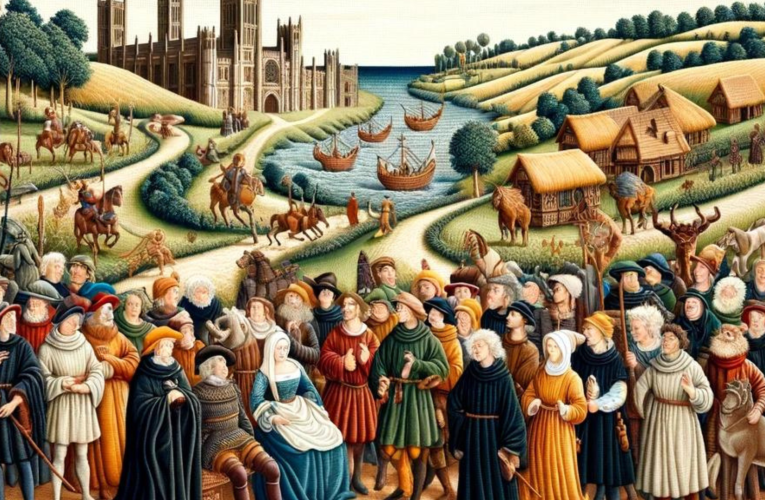
Symbolism and themes associated with tapestries in literature
In the vast tapestry of literature and popular culture, tapestries themselves often play symbolic roles that extend beyond their physical presence. These intricate woven artworks carry layers of meaning and serve as powerful motifs in storytelling. In this discussion, we’ll delve into the symbolism and themes associated with tapestries in literature, particularly focusing on their depiction of wealth and status, as well as their role in portraying narratives and stories.
- Depicting Wealth and Status:
Tapestries have long been associated with wealth and status, dating back to medieval times when they adorned the halls of nobility and royalty. In literature, tapestries are often used to symbolize opulence, luxury, and social standing. The presence of a tapestry in a narrative can signal the affluence of a character or a setting, setting the tone for the story’s themes.
For example, in George R.R. Martin’s epic fantasy series “A Song of Ice and Fire,” tapestries are frequently mentioned as part of the lavish decorations in noble houses such as House Lannister or House Tyrell. The richness of these tapestries reflects the wealth and power of these families, emphasizing their privileged positions in society.
Moreover, tapestries can also serve as status symbols within the story, where characters may vie for the possession of a particularly valuable or prestigious tapestry as a means of asserting dominance or showcasing their social standing. This dynamic adds depth to character interactions and plot developments, highlighting the importance of material wealth in fictional worlds.
2. Portraying Narratives and Stories:
Beyond their association with wealth, tapestries in literature are utilized to portray narratives and stories within the main narrative itself. Tapestries, with their intricate designs and detailed imagery, become windows into the past, mythologies, or significant events within the story world.
For instance, in Tracy Chevalier’s novel “The Lady and the Unicorn,” the famous medieval tapestry series serves as the central motif that weaves together the lives of various characters. Each tapestry panel represents a different sense (sight, hearing, taste, smell, touch), and through their creation, the novel explores themes of art, desire, and perception. The tapestries become not just objects of beauty but also vessels of meaning and storytelling.
Similarly, in historical fiction, tapestries are often depicted as historical artifacts that hold clues to unraveling mysteries or understanding the past. They can contain hidden messages, depict important events, or symbolize cultural heritage, adding layers of intrigue and depth to the plot.
In popular culture, tapestries continue to be used symbolically in literature, film, and television to convey themes of heritage, legacy, and storytelling itself. From Hogwarts’ magical tapestries in the Harry Potter series to the symbolic tapestries in Shakespearean plays, these woven artworks transcend their physical form to become potent symbols of human experience and imagination.
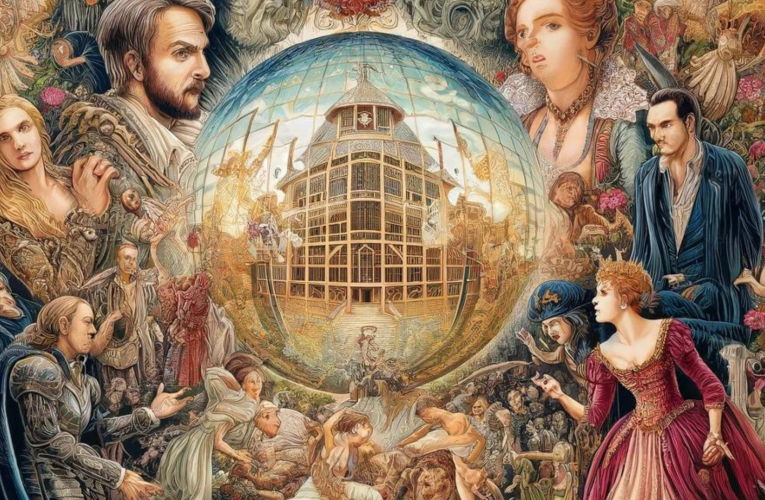
Modern uses of tapestries in contemporary literature
“Tapestries in literature and popular culture” is a fascinating topic that explores the symbolic and aesthetic significance of tapestries in various creative works. In this context,
- Novels or poems where tapestries play a significant role:
Many contemporary authors have incorporated tapestries into their works to convey themes, emotions, and narratives. One notable example is Tracy Chevalier’s novel “The Lady and the Unicorn,” which centers around the creation of a series of medieval tapestries. These tapestries serve as both a backdrop and a focal point for exploring themes of art, desire, and identity.
Another example is the poem “The Tapestry” by Charles Ghigna, where the tapestry serves as a metaphor for the complexity and interconnectedness of life. The poet weaves together various threads of experience and emotion, much like the threads of a tapestry, to create a rich and layered depiction of human existence.
2. How authors use tapestries as metaphors or motifs:
Authors often use tapestries as metaphors or motifs to convey deeper meanings within their works. Tapestries, with their intricate designs and layers of meaning, can symbolize the complexity of human experience or the interconnectedness of past and present.
For instance, in Isabel Allende’s novel “The House of the Spirits,” the tapestries in the Trueba family home represent the history and memories of the family, linking generations together and serving as a reminder of the past’s impact on the present.
Similarly, in poetry, tapestries can be used as metaphors for the weaving together of different elements such as emotions, memories, and experiences. Poets may use tapestries to explore themes of unity, diversity, or the passage of time.
Tapestries in Popular Culture
Depictions of Tapestries in Movies and TV Shows
- Historical Dramas Featuring Tapestries: In historical dramas such as “The Tudors” or “Versailles,” tapestries often play a significant role in setting the scene and conveying the opulence and grandeur of the time period. They are used as decorative elements in royal palaces and noble residences, showcasing intricate designs that reflect the wealth and status of the characters.
- Fantasy or Magical-Themed Series with Tapestry Elements: In fantasy or magical-themed series like “Game of Thrones” or “The Witcher,” tapestries sometimes have a symbolic or mystical significance. They may depict legendary events, mythical creatures, or magical symbols that tie into the lore of the fictional world. These tapestries can be used to foreshadow plot developments or convey hidden messages to observant viewers.
Tapestries in Video Games
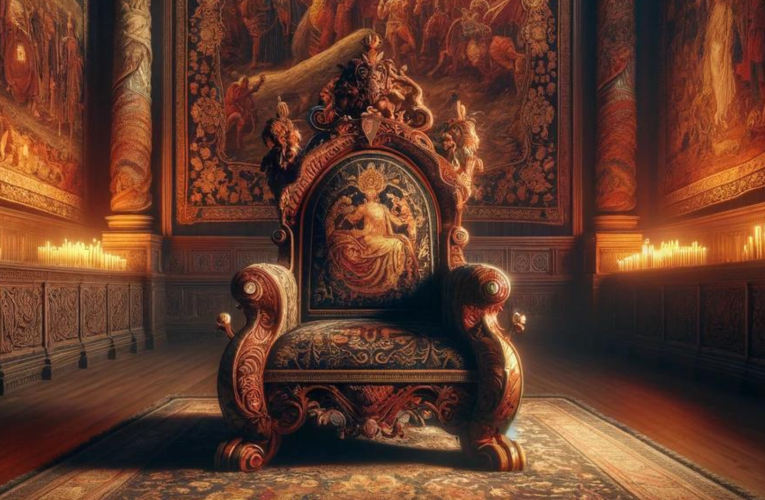
- Games That Incorporate Tapestries as Part of the Narrative or Environment: In video games such as “Assassin’s Creed” or “The Elder Scrolls,” tapestries are often integrated into the game world as part of the historical or fantasy setting. They can be found hanging in castles, dungeons, and other locations, adding depth and authenticity to the environment. Sometimes, interacting with a tapestry in-game may reveal clues or unlock hidden secrets.
- How Tapestries Enhance the Gaming Experience: Tapestries in video games serve as more than just decorative elements; they contribute to world-building and immersion. Players can appreciate the attention to detail in the tapestry designs, which may reflect the culture, history, or mythology of the game world. The presence of tapestries adds a layer of realism and visual richness to the gaming experience.
Tapestries in Music and Art
- Album Covers or Music Videos Featuring Tapestry-Like Visuals: In the realm of music, artists and bands sometimes incorporate tapestry-like visuals into their album covers or music videos. These visuals may convey themes of nostalgia, storytelling, or artistic expression, creating a captivating visual representation of the music’s mood and message.
- Art Installations or Exhibitions Inspired by Tapestries: Contemporary artists often draw inspiration from traditional tapestries to create innovative art installations or exhibitions. These works may reinterpret classic tapestry motifs in modern contexts, exploring themes of culture, identity, and societal narratives. Such exhibitions bridge the gap between historical craftsmanship and contemporary artistic expression.
Influence and Impact
Cultural significance of tapestries in shaping narratives and aesthetics
Tapestries have played a significant role in shaping cultural narratives and aesthetics throughout history. In various cultures, tapestries were not just decorative items but also important artistic expressions that conveyed stories, beliefs, and societal values. For example, medieval European tapestries often depicted scenes from mythology, religious stories, or historical events, serving as visual narratives that educated and entertained viewers. The intricate designs, vibrant colors, and detailed craftsmanship of tapestries contributed to the overall aesthetic of palaces, castles, and important public spaces, reflecting the wealth and status of their owners.
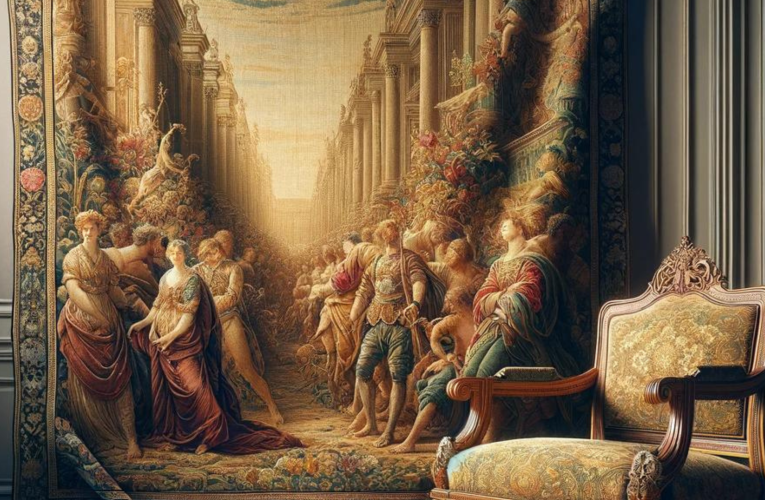
How tapestries contribute to world-building in fiction and entertainment
In fiction and entertainment, tapestries are powerful tools for world-building. Authors and creators often use tapestries within their narratives to add depth and richness to fictional worlds. By incorporating tapestries into the settings of their stories, whether they’re depicting a medieval castle or a futuristic space station, creators can convey cultural traditions, historical backgrounds, and the socio-economic status of characters. Tapestries also serve as storytelling devices, where the imagery and symbolism woven into them can foreshadow events, reveal secrets, or provide clues that advance the plot.
Audience perceptions and reception of tapestry-related content
Audience perceptions of tapestry-related content can vary widely depending on factors such as cultural background, personal interests, and familiarity with historical or artistic contexts. Some viewers may appreciate tapestries for their craftsmanship, historical significance, and intricate designs, finding them visually appealing and intellectually stimulating. Others may be more interested in the stories and symbolism depicted in tapestries, interpreting them as windows into different cultures or as sources of inspiration for their own creative works. However, not all audiences may have a deep appreciation for tapestries, and their reception of tapestry-related content can range from enthusiastic admiration to indifference or even misunderstanding.
Cross-cultural influences and adaptations of tapestry themes
The themes and motifs found in traditional tapestries have often been adapted and reinterpreted across different cultures and artistic mediums. For example, contemporary literature and popular culture frequently draw inspiration from historical tapestries to create new narratives or reimagine classic stories. Artists may incorporate tapestry-like elements into their works, such as intricate patterns, layered imagery, or symbolic storytelling, to evoke a sense of tradition while offering a fresh perspective. Additionally, cross-cultural collaborations and exchanges have led to the fusion of tapestry themes with modern technologies, allowing for innovative approaches to storytelling and artistic expression that resonate with diverse audiences.
Final thoughts on the ongoing relevance of tapestries in storytelling and creative expression
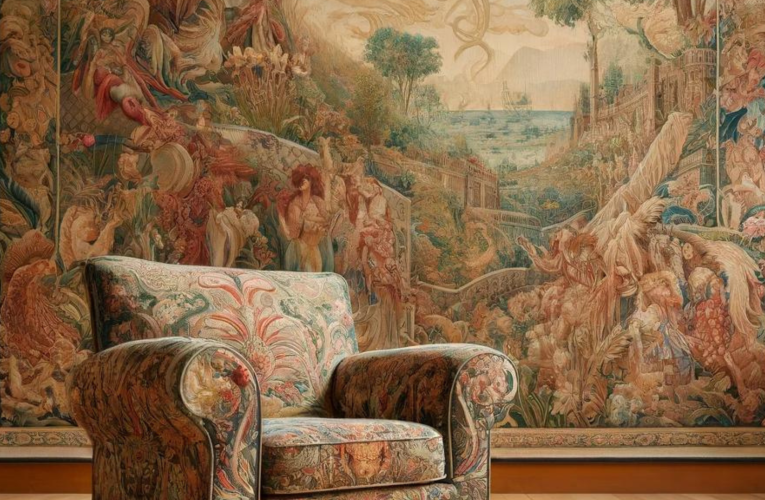
Final thoughts on the ongoing relevance of tapestries in storytelling and creative expression highlight the enduring allure and multidimensional nature of this art form within literature and popular culture. Tapestries serve as more than mere decorative items; they are symbolic vessels that carry narratives, themes, and historical contexts woven into their fabric. In exploring their significance, we unveil layers of meaning that enrich our understanding of storytelling and creative expression.
Historical Roots and Cultural Significance: Tapestries have a rich historical lineage, dating back to ancient civilizations where they adorned the walls of castles, churches, and noble households. This historical backdrop infuses tapestries with cultural significance, symbolizing wealth, power, and artistic prowess. In literature and popular culture, referencing tapestries can evoke a sense of tradition, heritage, and the passage of time.
Visual Storytelling: Tapestries are visual narratives in themselves, often depicting scenes from mythology, history, or daily life. Their intricate designs and vibrant colors capture the imagination, offering a unique form of storytelling that transcends language barriers. Authors and creators leverage this visual storytelling aspect by incorporating tapestries into their works to convey complex themes, foreshadow events, or create immersive worlds.
Symbolism and Metaphor: The imagery and symbolism within tapestries provide fertile ground for metaphorical exploration in literature and popular culture. Just as threads are interwoven to create a cohesive design in a tapestry, storytellers weave together themes, characters, and plotlines to craft compelling narratives. Tapestries can symbolize interconnectedness, hidden truths, or the complexity of human experience, adding layers of depth to creative expression.
Timeless Appeal: Despite advancements in technology and changing artistic trends, tapestries maintain a timeless appeal that resonates across generations. This enduring quality speaks to their ongoing relevance in storytelling and creative expression. Whether in classic literature, contemporary fiction, or visual media such as films and television shows, tapestries continue to captivate audiences and inspire artistic interpretation.
Interdisciplinary Influence: Tapestries bridge the gap between different artistic disciplines, influencing not only literature but also visual arts, design, fashion, and interior decoration. Their influence extends into the realm of symbolism, where motifs from tapestries may find echoes in other forms of creative expression, creating a cohesive tapestry of cultural motifs and shared meanings.
In conclusion, tapestries remain a powerful symbol and storytelling device in literature and popular culture due to their historical significance, visual storytelling capabilities, rich symbolism, timeless appeal, and interdisciplinary influence. As storytellers and creators continue to explore new avenues of expression, the enduring relevance of tapestries ensures their continued presence as a source of inspiration and fascination in the creative landscape.

